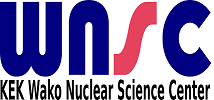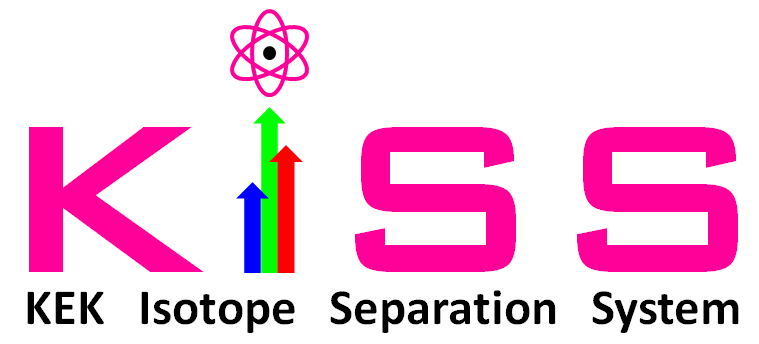KISS (KEK Isotope Separation System)
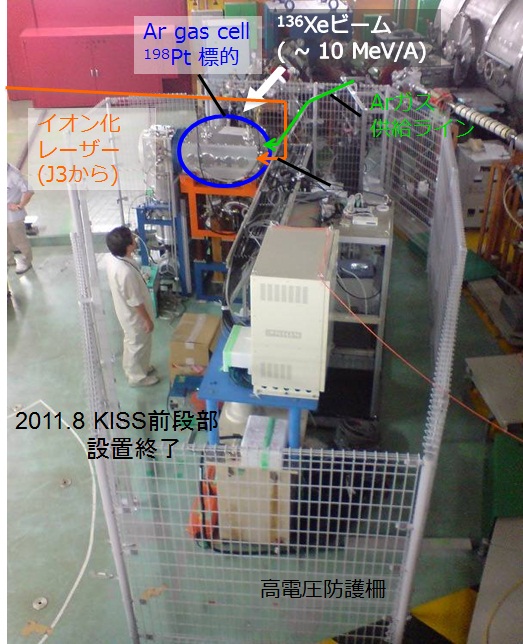
KISS has been constructed and developed to explore an astrophysical origin of heavy-elements by unveiling properties of unknown nuclei in the mass number region of around 195 having 126 constituent neutrons. This device can separate a single isotope specified by its atomic number (Z) and mass number (A) from various radioactive isotopes produced by the multi-nucleon transfer reactions. This Z- and A-selectivity can be realized by the in-gas laser-resonance ionization technique. KISS has been opened for every researcher in the world since 2016.
You can find the details.
MRTOF(Multi-Reflection Time-Of-Flight mass spectrograph)
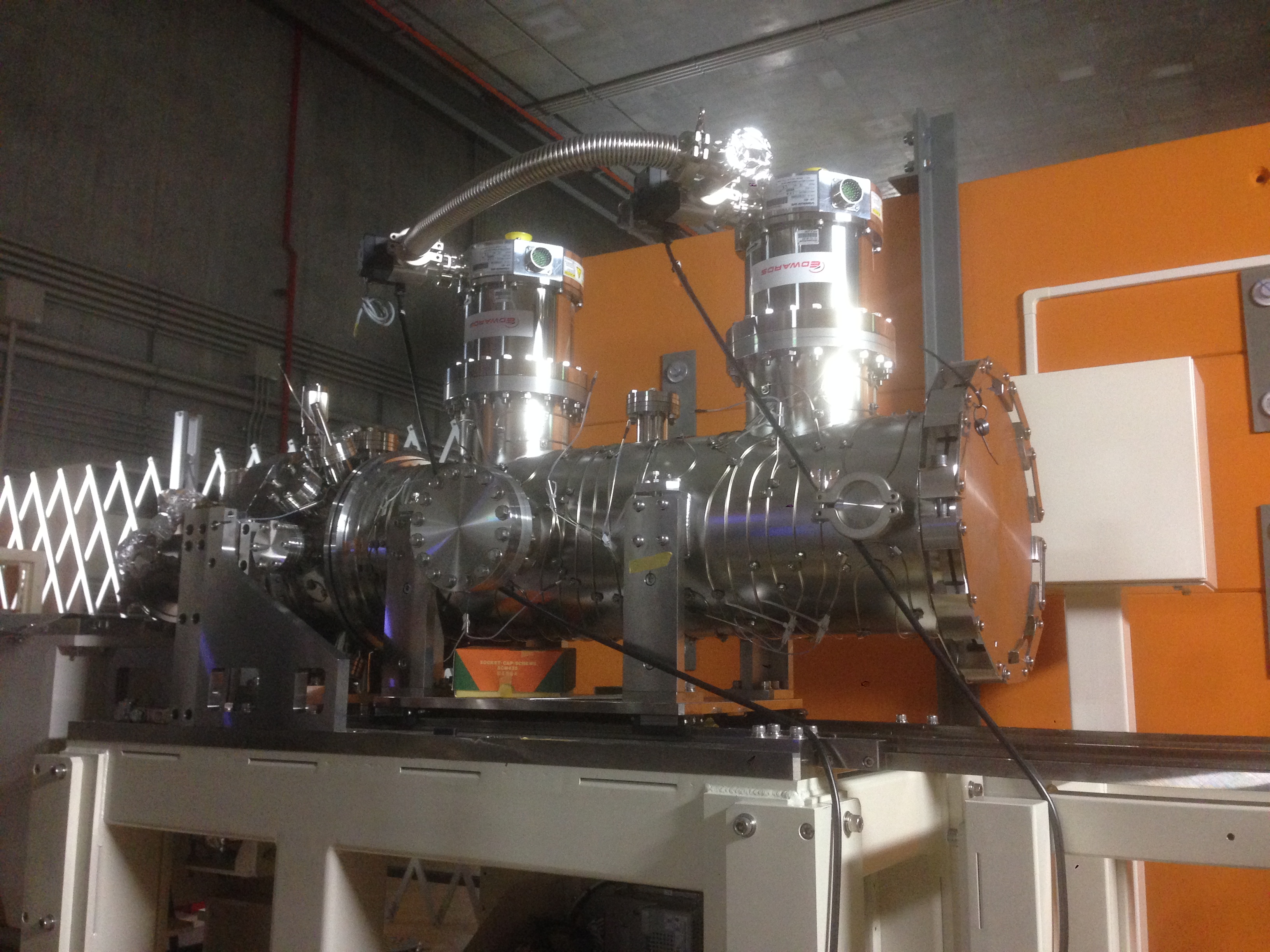
In addition to half-lives, nuclear masses play an important role in understanding nucleosynthesis. To make precision nuclear mass measurements, we have developed a multi-reflection time-of-flight (MRTOF) mass spectrograph. This meter-long device effectively measures the time-of-flight along a path of more than 100 m, allowing for accurate mass measurements with precisions well-below 1 part-per-million. Analysis in the MRTOF is very fast, requiring less than 10 milliseconds, and can be performed simultaneously for several nuclear species. This makes it able to access even the shortest-lived nuclei while efficiently utilizing online resources.
You can find the details.
TRIAC (Tokai Radioactive Accelerator Complex)
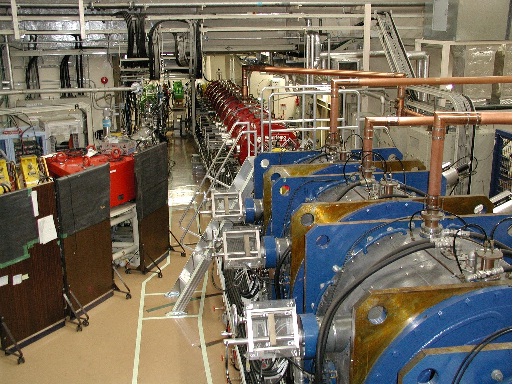
As the R&D project of the high-quality low-energy radioactive beam facility which uses the isol-based technique, the TRIAC was built in the tandem accelerator facility of JAEA. The facility was open for users for 2005-2011. Several experiments for low-energy nuclear physics and application to the material science were successfully performed.
TRIAC was shutdown and main parts of them was transported to KAERI in South Korea. You can find the highlights of the research results in here.
